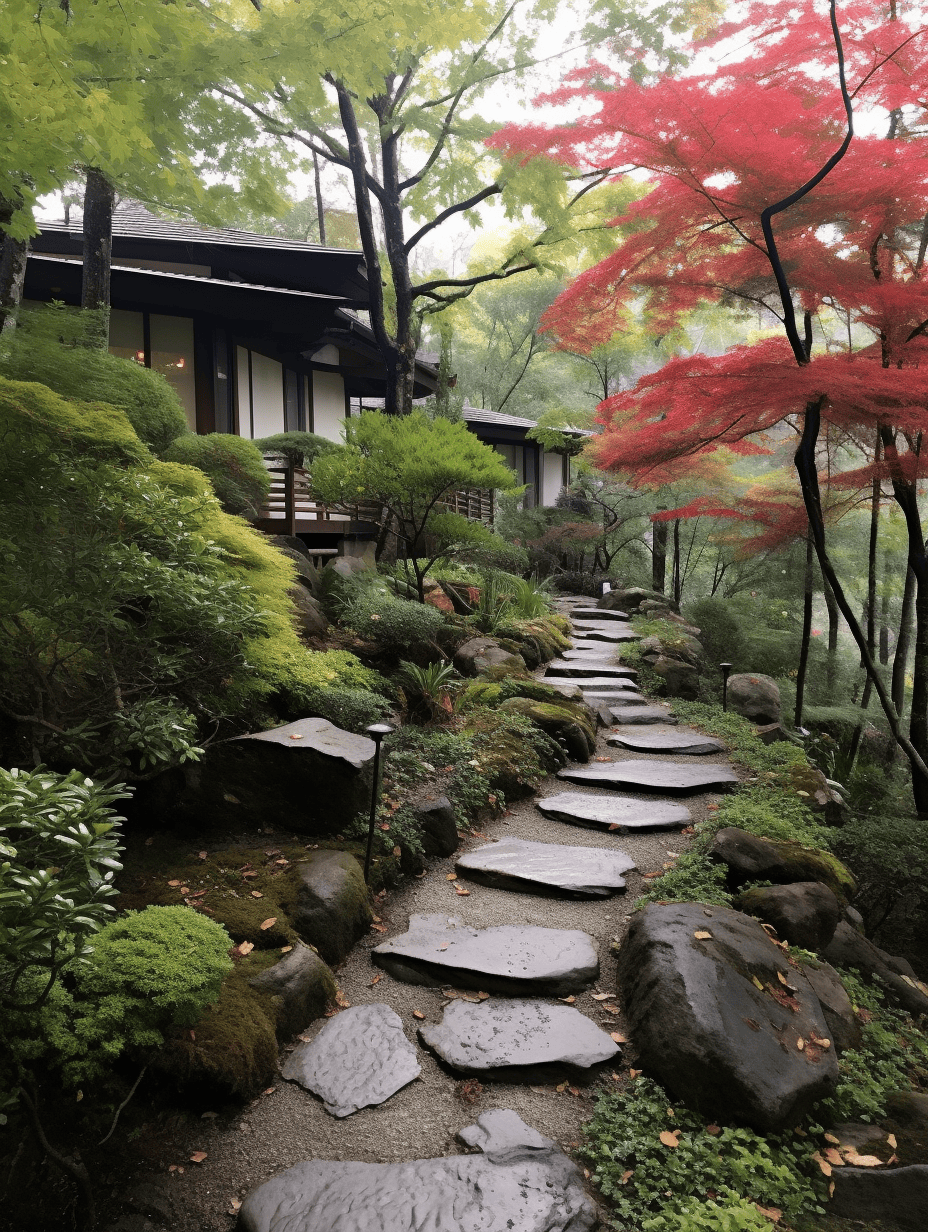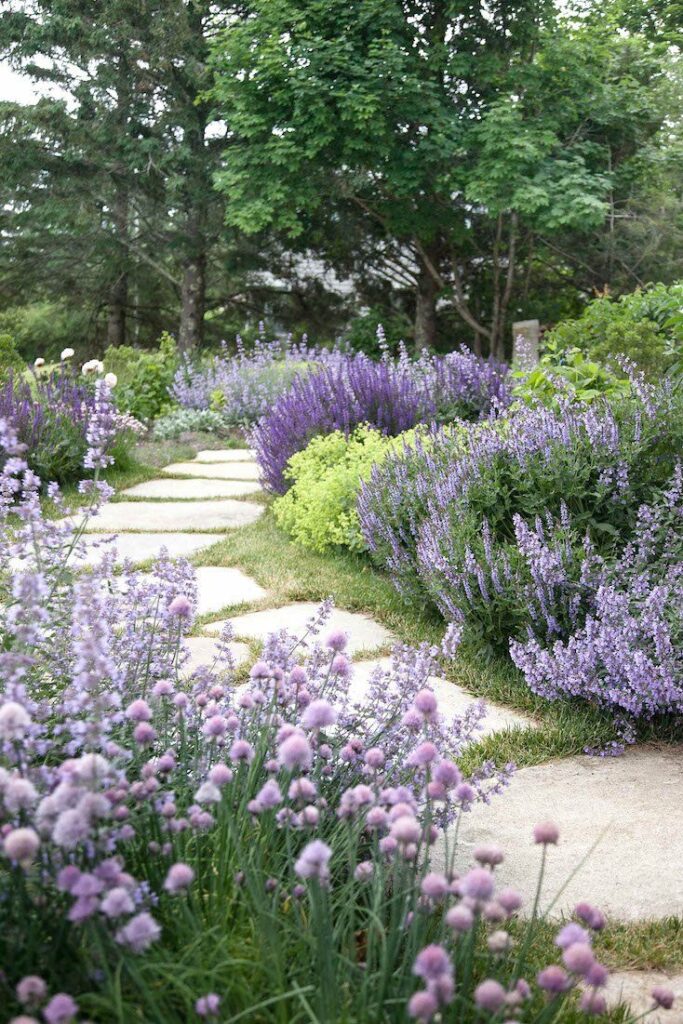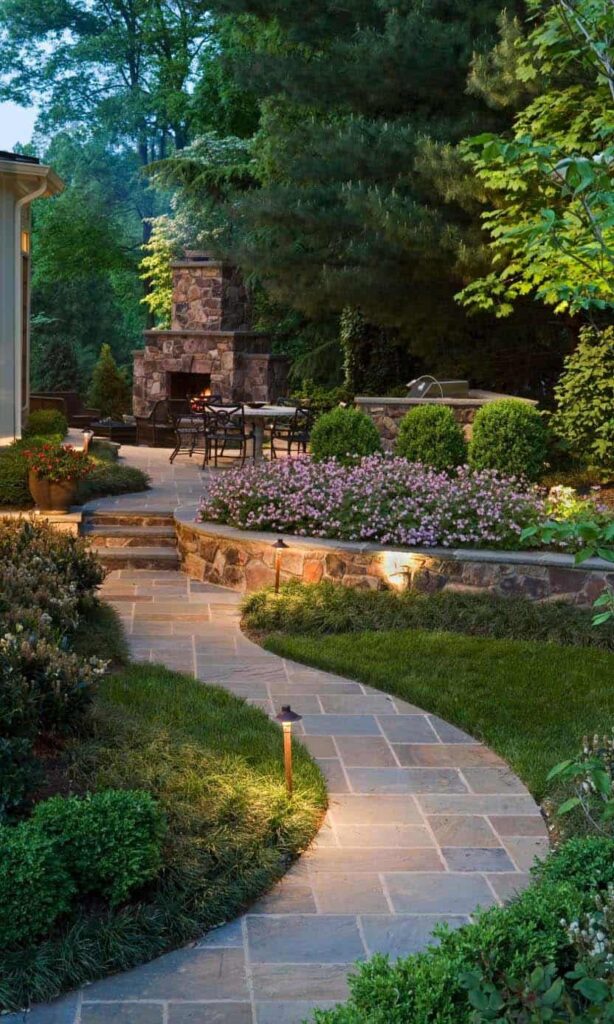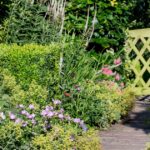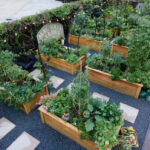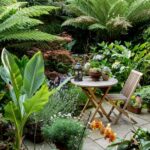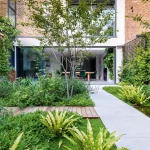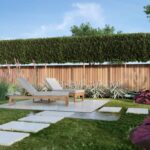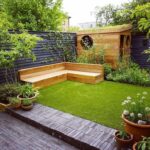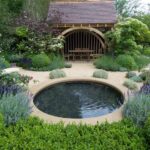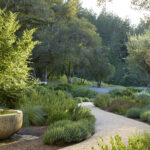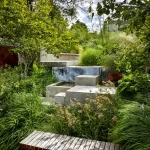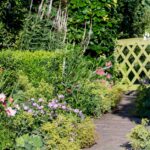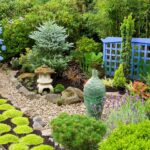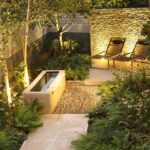Garden design is a crucial aspect of creating a beautiful and functional outdoor space. It involves careful planning and organization to ensure that the garden meets the needs and desires of the homeowner while also enhancing the overall aesthetic of the property. There are several key elements to consider when designing a garden, including layout, plants, hardscaping, and maintenance.
One of the first steps in garden design is determining the layout of the space. This involves considering factors such as the size and shape of the garden, as well as any existing features that need to be incorporated into the design. The layout should take into account the flow of traffic through the garden, as well as any specific areas designated for different activities, such as dining or relaxation. Careful planning of the layout will ensure that the garden is both functional and visually appealing.
Another important aspect of garden design is choosing the right plants for the space. This includes selecting a variety of plants that will thrive in the garden’s specific conditions, such as sunlight exposure and soil type. It is also important to consider factors such as color, texture, and height when choosing plants, in order to create a cohesive and visually pleasing design. While flowers are often the focal point of a garden, it is also important to incorporate a variety of foliage and other plants to add interest and diversity to the space.
In addition to plants, hardscaping elements such as paths, patios, and walls can play a key role in garden design. These features help to define the layout of the garden and provide structure to the space. Hardscaping materials such as stone, brick, and wood can add texture and contrast to the garden, while also providing practical benefits such as preventing erosion and providing seating areas for outdoor activities. Careful selection and placement of hardscaping elements can greatly enhance the overall design of the garden.
Maintenance is another important consideration in garden design. Creating a garden that is easy to maintain will help ensure that it remains beautiful and functional for years to come. This includes choosing plants that are well-suited to the garden’s conditions and require minimal care, as well as planning for regular tasks such as watering, pruning, and weeding. Incorporating features such as mulch, drip irrigation, and raised beds can also help reduce maintenance requirements and keep the garden looking its best.
Overall, garden design is a complex and multifaceted process that requires careful consideration of a variety of factors. By creating a well-planned layout, selecting the right plants and hardscaping elements, and planning for maintenance, homeowners can create a beautiful and functional outdoor space that enhances the overall look and feel of their property. With the right design and attention to detail, a garden can become a peaceful and inviting retreat for homeowners to enjoy for years to come.
